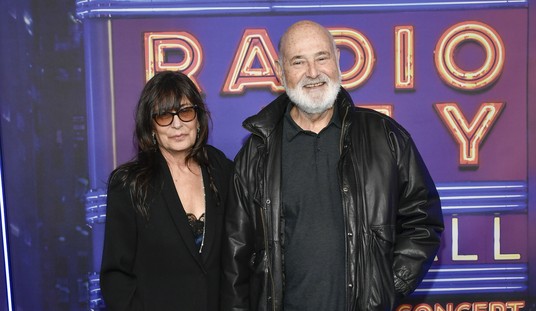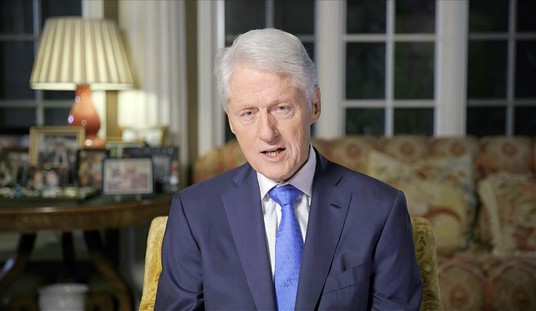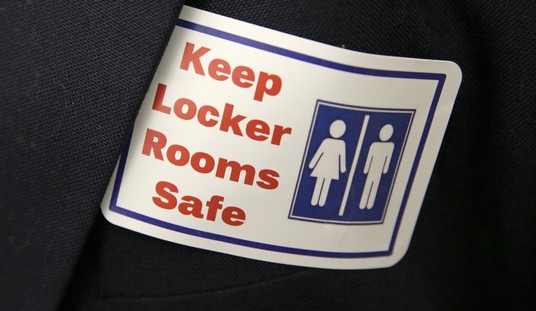Thanks, but no thanks, to the estimable Charles Martin for sending me this column by Robert X. Cringely: How Pay-Per-Click Is Killing the Traditional Publishing Industry.
What happens this week for computer publications will happen next week for other types of consumer magazines and the week after that for newspapers. According to Forrester Research, online advertising totals only about five percent of the $400 billion spent on advertising of all types each year in the U.S., yet online consumption takes 30 percent of the media consumption time in most households. This is an interesting statistic that is generally interpreted to mean that the online ad market will eventually grow to $120 billion.
I don’t think so.
If this was the case, it would be a simple matter for print publishers to abandon paper and continue to grow as all-electronic media, but it doesn’t work that way.
Here’s a part of the problem that has been for the most part missed by media and business analysts: A website is not really an electronic magazine. It can contain all the stories of its print equivalent, but IT CAN’T CARRY AS MANY ADS.
For magazines to qualify in the U.S. for shipping by Second Class Mail, they must have a measured advertising-to-editorial space ratio of no greater than 75 percent. Second Class Mail is the difference between life and death for a print magazine, and to qualify for it, they carefully manage that ad-to-edit ratio so that just slightly less than three times as much space is taken for ads as for stories.
Now compare this to the edit-to-ad ratio for most web pages. The densest web page will have one banner ad at the top, eight to 10 Google ads down the right side, and maybe another Google ad or two at the bottom. That sounds like a lot, but on a strict real estate basis, it is very hard to exceed an ad-to-edit ratio of 50 percent, and most web pages have three times as much editorial content as ad space — the exact reciprocal of the experience with paper publications.
While this may not seem like a critical point, it is one, because it means that there is no way a print publisher can switch to all on-line without shrinking in just about every respect. Revenue drops because of fewer ads. You can make some of that up by simply producing more pages of content, but there is a limit to that effect. Ultimately, production and editorial standards falter under smaller budgets and what was once glamorous becomes just another job.
Even if 30 percent of our media time is still spent online, this budget effect means that the maximum size of the Internet ad market will still be smaller than the current market for print ads. So instead of growing to $120 billion, something on the order of $60 billion is more likely. That’s a lot of money and a huge success for pay-per-click, but it will inevitably put a lot of people like me out of work in the long run.
UPDATE: Guilty or not, the more important news may be this from the San Francisco Chronicle:
Terry Semel, the former movie studio chief who now leads Yahoo Inc., is back in show business. His Web portal has filmed a pilot for a reality series called “Wow House” that will be broadcast online within the next few months.
The program, which follows two families as they refurbish their homes with $10,000 in new electronics, is the most concrete example yet of Yahoo’s Hollywood ambitions. It’s just an early step, analysts said, in Yahoo’s ultimate goal: creating television of the future.
Semel is betting that online video’s popularity is about to take off. Internet users would flock to Yahoo to watch shows on their computers or other Internet connected devices, creating a potentially lucrative opportunity to sell advertising.
The Hollywood creative guilds better get on this immediately, if they haven’t. (via PJM)









Join the conversation as a VIP Member